-
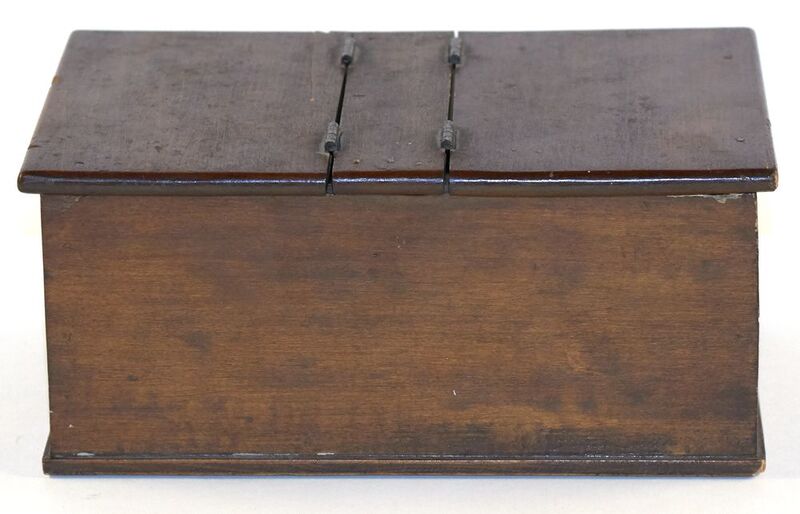
A blackball box used when voting on fraternity pledges. White marbles were a “yes” vote and the black marbles were a “no” vote. A single, anonymously delivered blackball was enough to turn down a pledge.
-
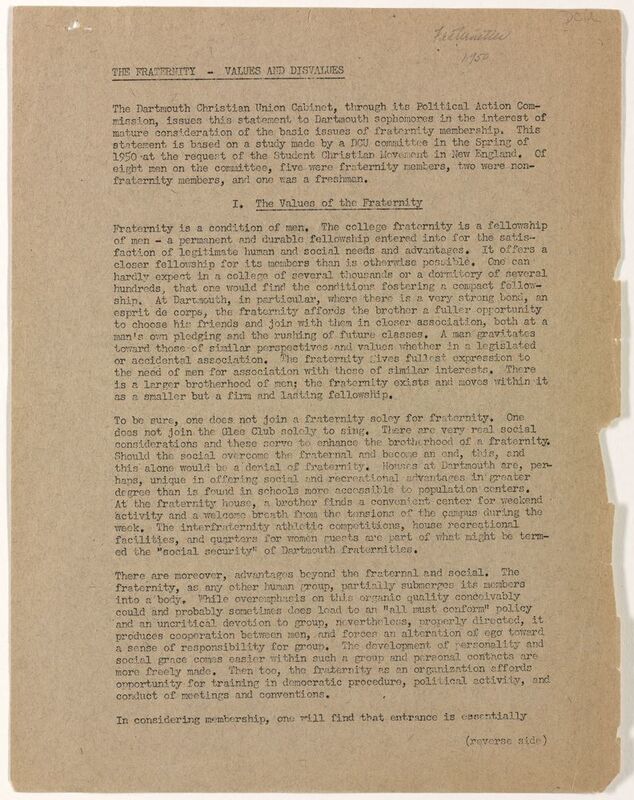
In this editorial-style commentary on the positive and negatives of fraternity culture, the use of the blackball box as a method of censuring potential pledges and its role in racially discriminatory practices and exclusivity is listed as a “disvalue.”
-
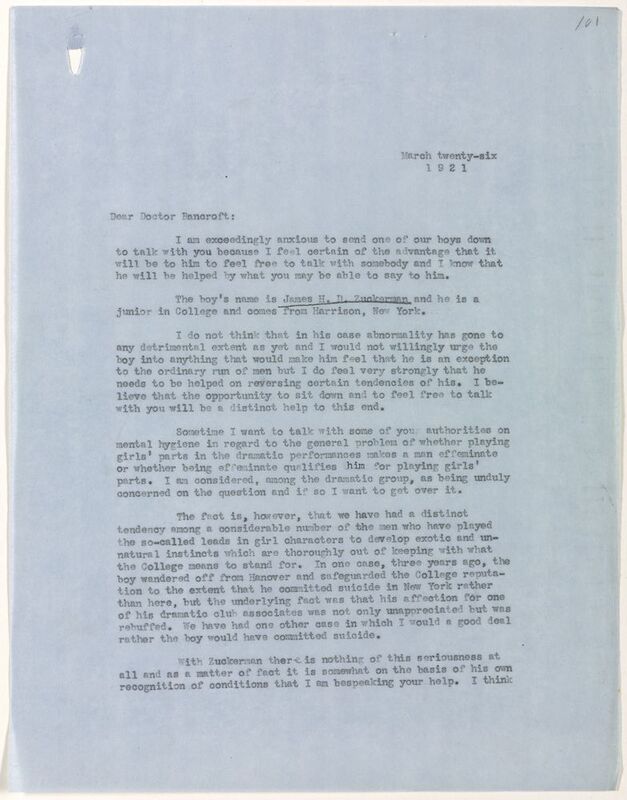
In the 1920s several events occurred that led the then President of the College, Ernest Martin Hopkins, to worry about the influence on the “mental hygiene” of men playing women’s roles. In other words, he was afraid that it was encouraging them to become gay. In this letter Hopkins writes to consulting psychiatrist, Charles Bancroft to express his concerns about what he clearly sees as a disease that is spreading among the student body. While this letter is highly disturbing in many ways, it is an exemplar of the stigma that gay students faced in this time period, and often still do.
-
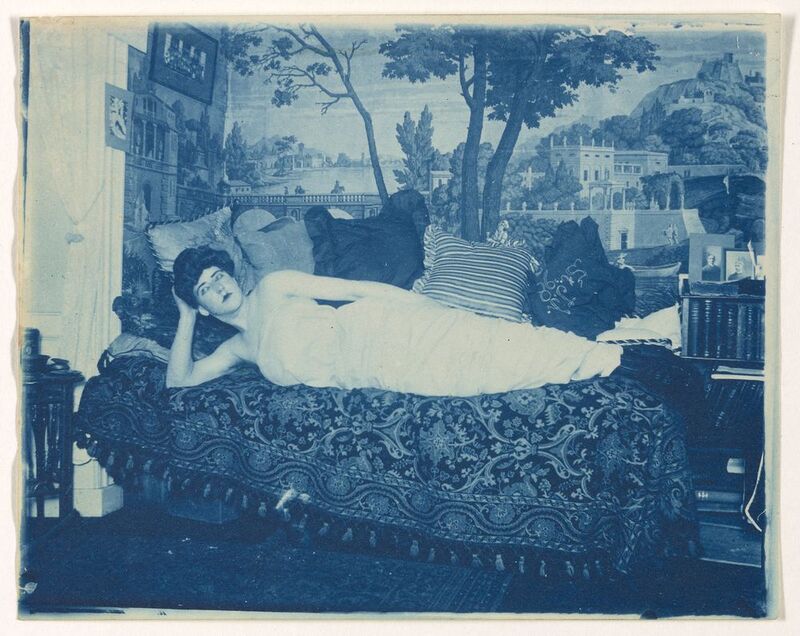
In the 19th and early-20th century it was common for men to play the parts of women in Dartmouth plays. These roles were coveted and those who convincingly played women’s parts were celebrated.
-
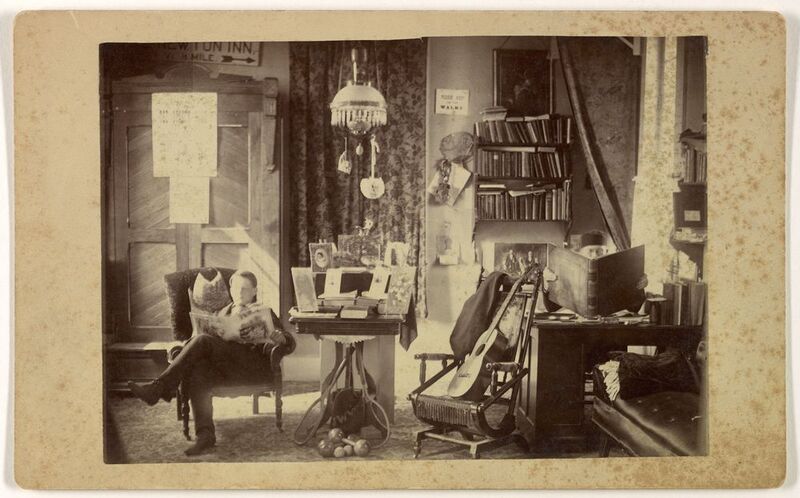
An example of a more opulent room in an unidentified dormitory in the 1890s.
-
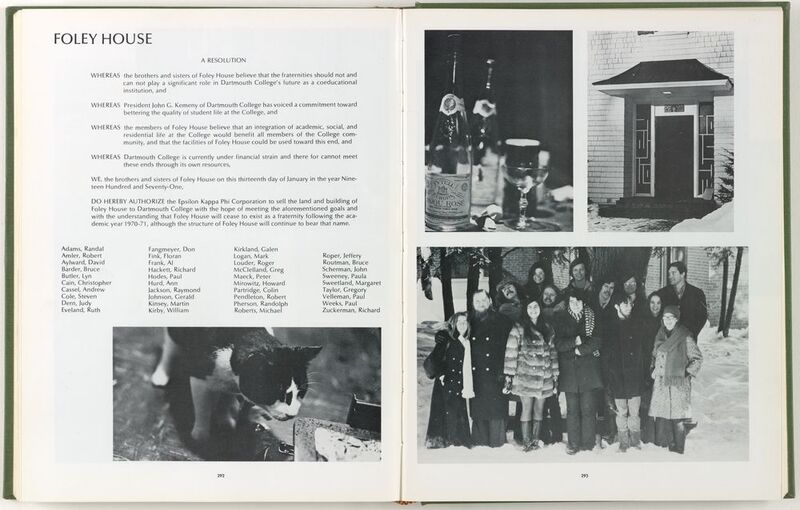
Foley house not only “sunk” women before Dartmouth went co-ed, they also asserted their independence from what they saw as a doomed Greek system. Foley House is now part of the College’s affinity housing system.
-
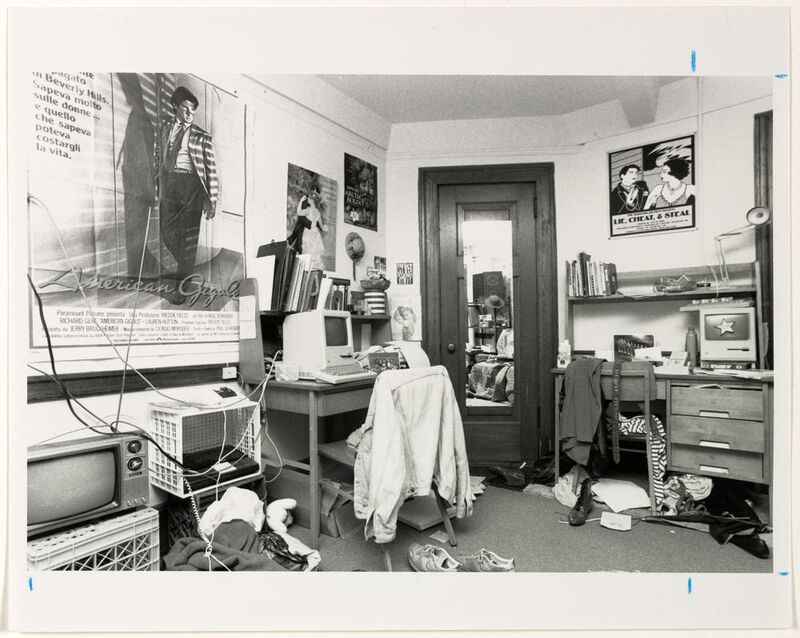
-
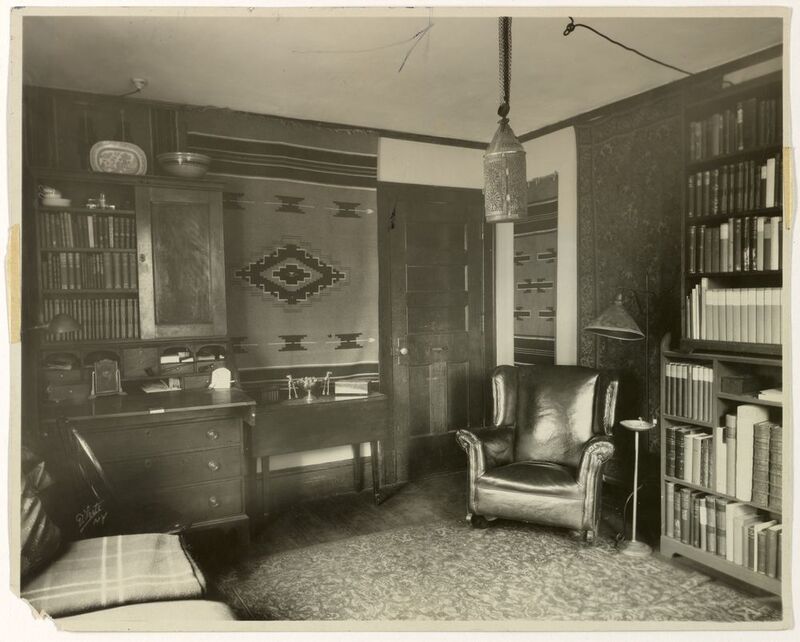
Students could customize their rooms. This room in Mass Hall was featured in House Beautiful.
-
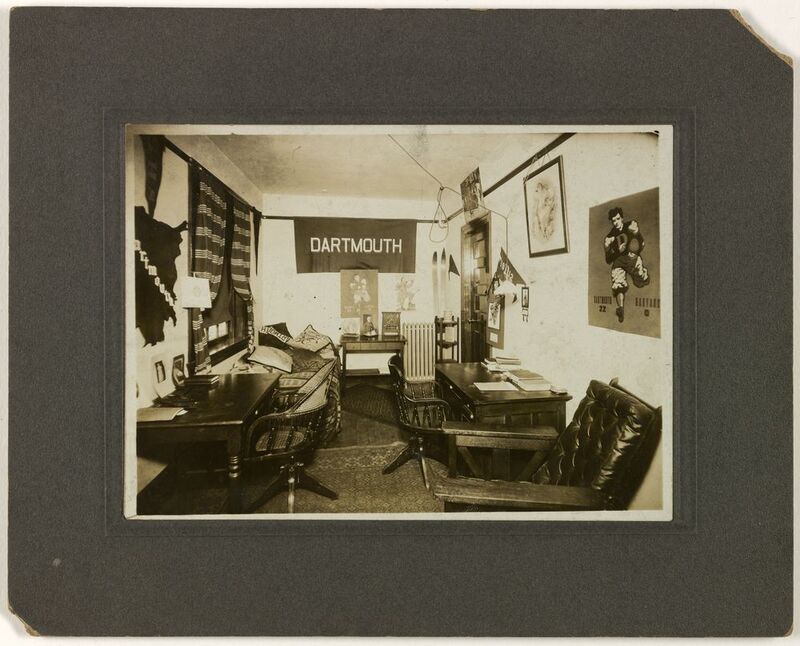
-
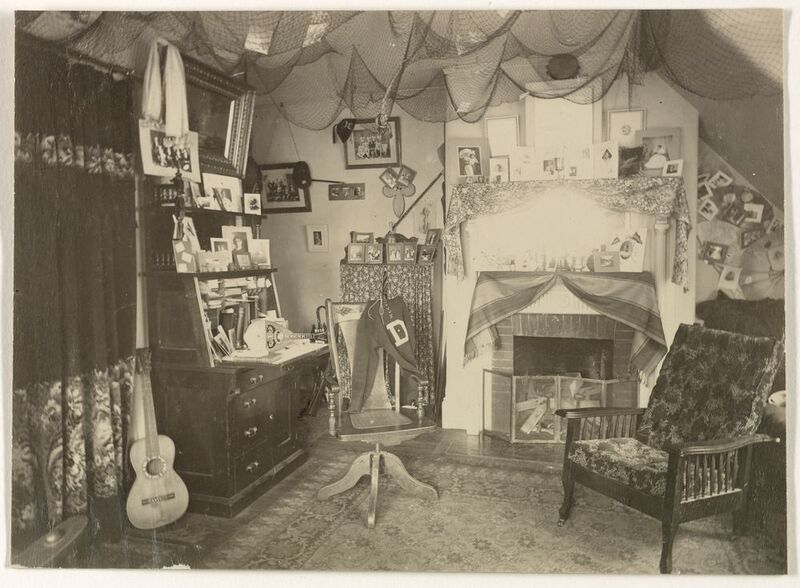
-
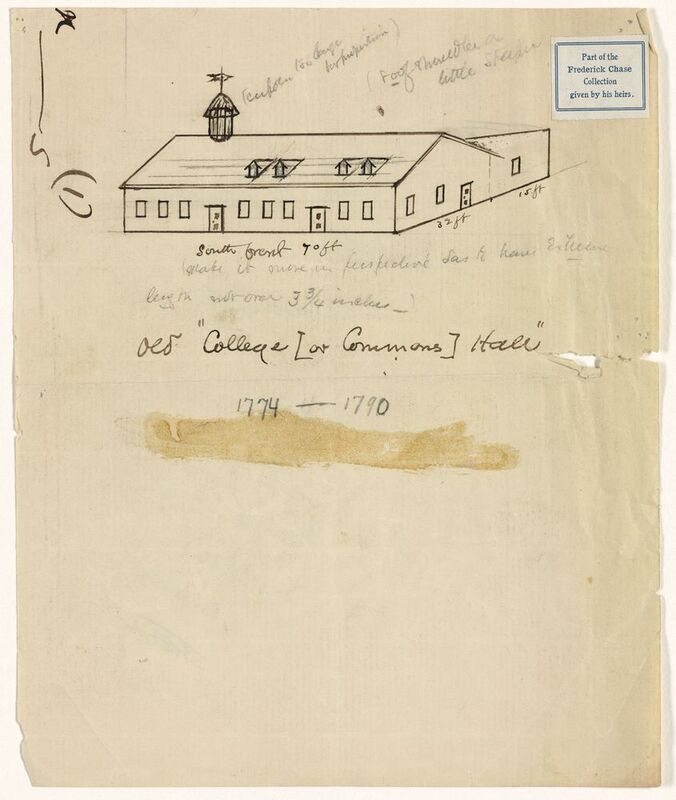
College Hall was the first College building and stood close to the southeastern corner of the Green.
-
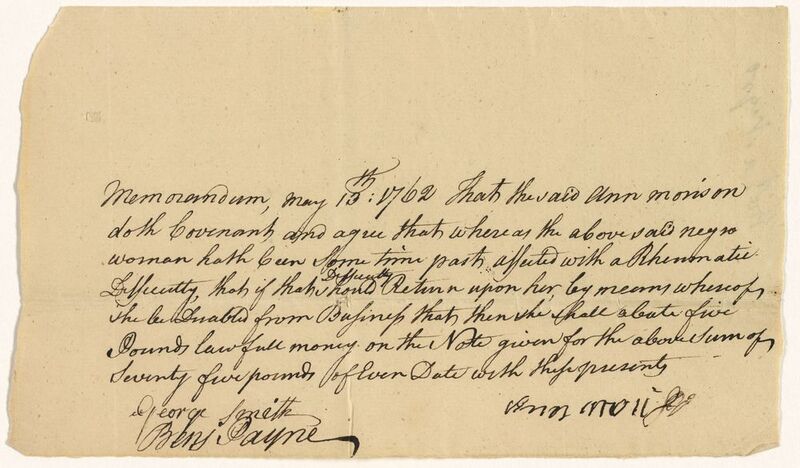
This document details the sale of Exeter, Chloe and Hercules to Eleazar Wheelock in 1762. It is accompanied by a memorandum that is essentially a warranty that, should Chloe be troubled by “rheumatic difficulty,” Anne Morrison will refund Wheelock five pounds.












